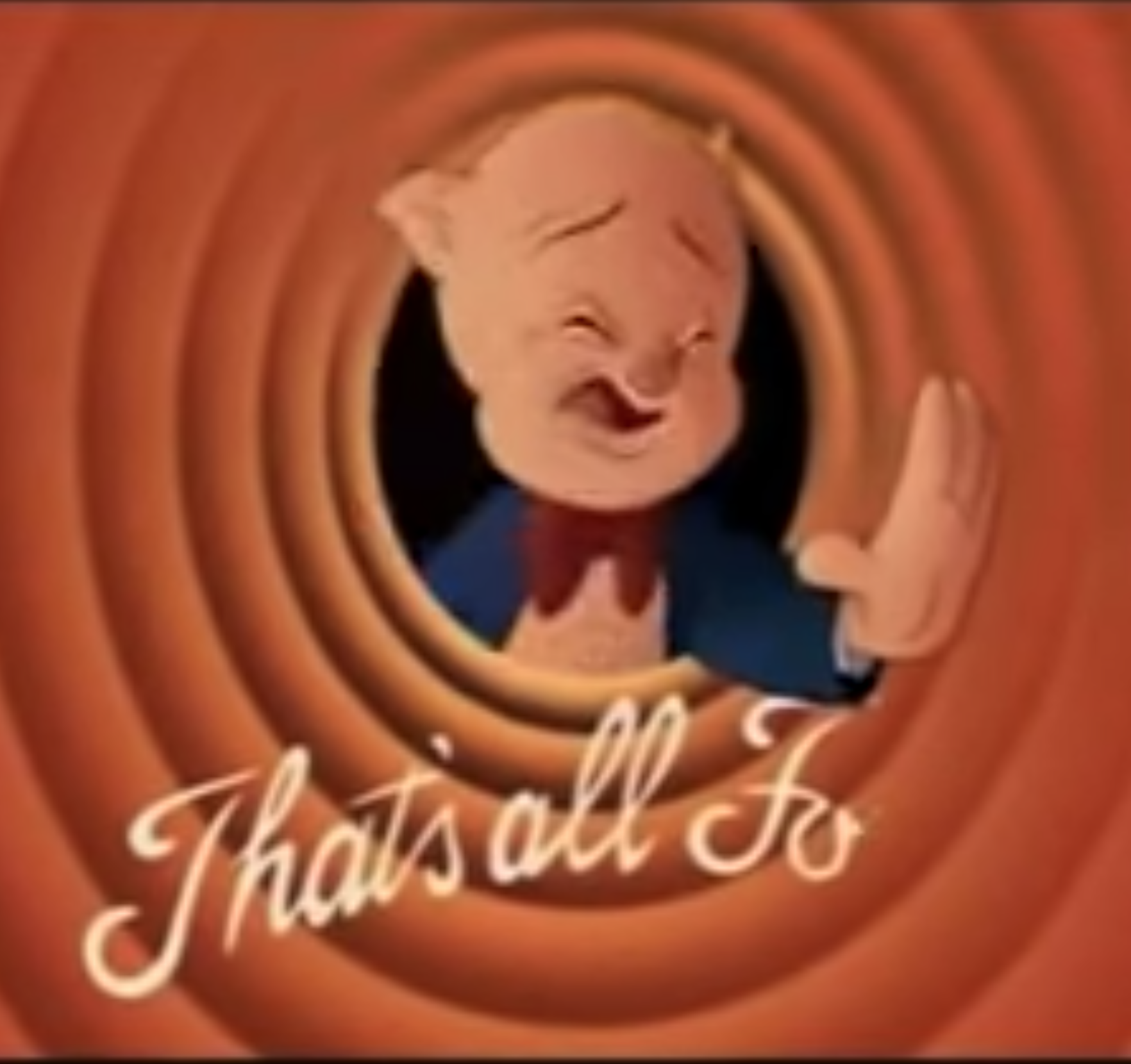
Warning: spoilers abound, and all victorious feelings of conclusion may be compromised.
Moesha (1996-2001)
Bored to Death (2009-2011)
My So Called Life (1994-1995)
Lois & Clark: the New Adventures of Superman (1993-1997)
What even is an end? Is it an opening? A halt? A coma? Catharsis? Do we humans have any use of the determinate? We might say an end is deceitful; because really there exists only the infinite. In the Bible, death is referred to as change. In Buddhism, death, if one does life right—in service of suffering’s consideration in order to will sentience away—leads to nirvana. Nirvana is the immeasurable sempiternal, and thus death is a continuum. Oblivion is glee. The prophet Muhammad said: Die before you die.” Meaning, please, end things before they go sour.
Television shows, however—like capitalism, romance, Facebook—are notorious for pernicious persistence long past expiration dates. Even the most enrapt fan will admit that once beloved, tight storylines sprawl after the fourth or fifth season and take on lives of their own, much like a nasty virus. What was once a cute sniffle of a sitcom turns into a full blown flu we can’t shake. The fate of such a show is driven by profit margins. Sometimes producers intervene and relegate moribund TV shows to the Friday Night Death slot between 8 and 11pm EST—as with the sixth season of the previously successful Flintstones, for example, or the third season of the floundering The Norm Show. Other times they persist because even though viewers recognize the deterioration, they keep watching out of attachment to characters or because they crave a conclusion.
Most often the end rarely lives up to the lead (see: Game of Thrones v. Dexter finale outrage). TV watching is truly about the destination; we want to know what happens and are willing to slog through cliché storylines, baffling plot twists, narrative impasses, and prolix tangents to get there. A show without climax, though, is like sex without an orgasm. Enjoyable (hopefully) all the same, but, come on. Viewers no longer have the ejaculate stamp at the close of credits that declares The End. So how do we know when things are over?
In January of 1996, pop star Brandi Norwood made her television debut as Moesha Denise Mitchell, of the Mitchell family of Leimert Park, Los Angeles, California on UPN’s Moesha. Critics praised the show for its portrayal of a middle class, carefree, functional Black American family. Audiences tuned in for six seasons of the Mitchells’ good humor. When new writers and new producers wanted to deepen the storyline beyond the one-note Leave It to Beaver but Black narrative, they complicated the plot in knots the showrunners couldn’t untangle. Viewers were unmoved, or worse, unmoored from their television sets. What started as an uncomplicated family comedy suddenly included soap opera-esque twists (the do-gooder Dad sired a kid out of wedlock! Hints of taboo STDs!).
With the writers under the impression that their show would be returning for a seventh season, Moesha season six ended on a mysterious pregnancy, a possible HIV infection, a potential cancer diagnosis, and Mo waffling over moving in with her boyfriend Hakeem. But the show was never picked again, leaving so many questions never to be answered. There was no cliff in the picture to hang from, just the splat at the bottom of the chasm. Despite an inveterate desire for denouement, we may have been spared witnessing these characters turns toward the overwrought. By ending “before its time”, a show, like Moesha, can avoid the dreaded viewer fatigue with a chance to still come out on top.
Leaving emotions unresolved hews more closely to most realities off screen, too. To want ablution in art is a bourgeois, neoliberal ideation of a possible orderly world. Destabilized narratives may be the most radical, the most true, and the most expansive viewing experience. Think of an ending like a viewer’s dividend, the reward for the hard work of watching. For shows that leave us hanging, we must grapple with the revolutionary implications of investment without return. Looked at another way, the shows that ended before resolution could be the vanguard in true reality television.
But where a dollar can be remade, so is a series resurrected (i.e. 90210, Dynasty, V, the Twilight Zone, Charmed, Lost in Space, Deadwood). Some curtailed shows, if they try hard enough, reach the rerun portion of their lives, forever broadcast in liquid crystal display nirvana. Shows like My So Called Life, Angel, Lois and Clark: The New Adventures of Superman, and Bored to Death are still watched and exalted by fans in spite of (or because of?) their stilted lack of arcs. Really we’re lucky to live our lives as media. Look at how many do-overs we get. Look how we persist past The End.
The word end derives from the Old High German enti for “forehead,” from the Proto Indian European root anti, meaning the same as “before.” So an end is both progenitor and sinciput between the outside world and the cognitive organ that grants us the ability to attempt to understand. This series will look at finales of television shows, movies, and theater to probe stubborn ratios of set up to payoff, and to attempt to understand the prospects of a satisfactory conclusion.
Great, now that that’s out of the way, we can begin.




